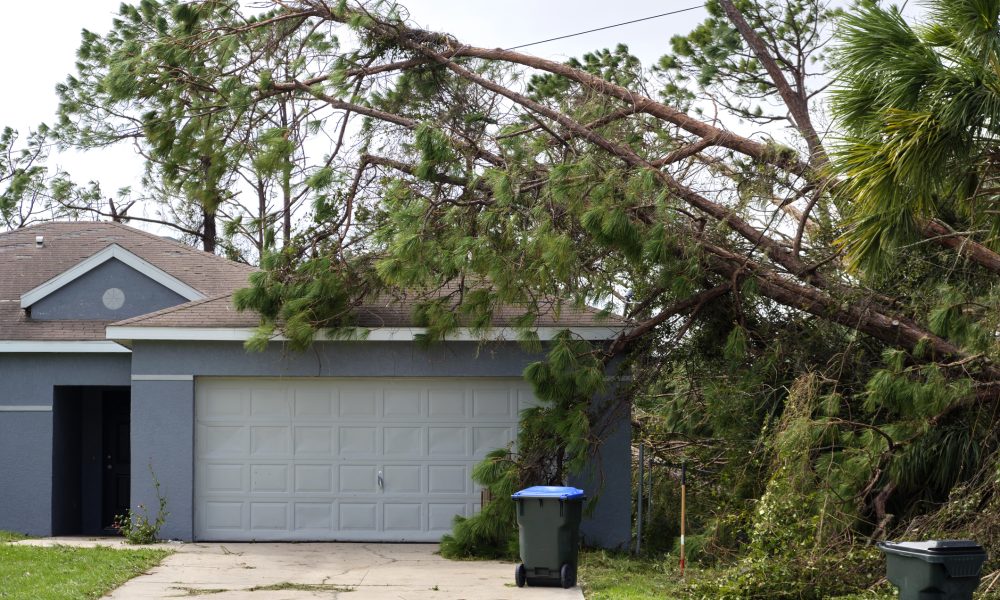Everyone wants to be a good neighbor and have good neighbors in return. But what if a tree that borders your property line causes an issue? Before you bring in the Florida Real Estate lawyers, know your property rights. Can your neighbor cut your tree’s branches? Can you cut your neighbor’s tree? Can your neighbor force you to trim or cut down your trees? What if the roots of your neighbor’s tree have damaged the driveway on your property? What legal rights do you have in these situations?
You may have noticed that down here in Florida, vegetation seems to grow at lighting speed. While Florida boasts some of the most beautifully landscaped homes in the country, many of us spend more time pushing back, rather than coaxing new growth. Here we’ll cut into the legal tangles and thorny issues associated with Florida boundary tree law and what you can do to handle any tree or vegetation disputes with your neighbors, safely and peacefully.
Cutting Back Branches and Foliage
Florida property rights are clear and straightforward on this issue. Property owners have the right to trim tree branches encroaching on their property up to the property line.
However, there are some important guidelines to follow. You are not allowed to trim branches on the owner’s property without their permission. All trimming must be done only on your side of the property line, and you must take care to do so in a way that does not cause harm to the tree.
To ensure that no harm comes to the tree, you should make yourself aware of any pruning guidelines for that specific type of tree or hire a professional arborist to do the work for you.
Also, while it is not a legal requirement in Florida, it is considered common courtesy to inform your neighbor before trimming their tree branches.
Serious Tree-related Property Damage
What happens if the problem is more serious—like if a neighbor’s tree falls on your property and wrecks your toolshed? Or, if a huge fiscus is upending your walkway pavers with its root system.
According to Florida law, it is the health of the tree that determines who is at fault when a tree causes damage to a neighbor’s property. If the tree was healthy at the time it fell—say from a hurricane—the tree’s owner is not liable for damage caused by it falling on a neighbor’s property. If the tree was dead, the owner of the property in which the tree was located is liable for any damage resulting from the tree’s fall.
Who is responsible when large tree limbs or above-ground roots encroach upon another’s property? As in the case above, the health of the tree determines who is responsible for any damage caused by encroaching branches or roots. If the branches or roots are healthy, the owner is not liable for any damage they cause to an adjoining property. If those branches or roots are dead, the tree’s landowner is liable for any damage.
The adjoining property owner can trim back healthy branches or roots encroaching on their property up to the property line, at their own expense.
You should also be aware of any local ordinances that protect certain tree species from cutting or removal or regulate their trimming. Some cities in Florida have such rules in place. Live oaks, bald cypress, Southern magnolia, and mangrove trees fall under the category of protected tree species.
Unwanted Shedding of Leaves, Fruit, Seeds, and Flower Petals
A tree doesn’t have to extend its branches or roots onto a neighboring property to cause problems. A tree could litter a neighbor’s yard or pool with windblown twigs and leaves, stain their driveway with berries, or create a mess with dead flowers, creating landscaping headaches and possibly allergy issues for the neighbor. Maybe overgrown tree branches create excessive shade, causing some of the neighbor’s landscaping to die. Perhaps an outreaching branch damaged the neighbor’s roof.
Under Florida tree law, a property owner is not liable for any alleged nuisance or damage caused by a tree on their property dropping branches, leaves, fruit, seeds, or flowers on an adjoining property. The owner of the property being encroached upon has the right to trim the offending branches up to the property line, so long as they follow the guidelines stated above.
Neighborly Solution
Compliance with Florida tree law is mandatory and easy to abide by once you know the rules. They are pretty much indisputable and have been affirmed in case after case. So, before you break out the chainsaw, it’s best to talk things over with your neighbor and see if you can work something out. Asking for permission to trim offending branches and promising your neighbor you won’t hurt the tree will go a long way toward fixing things without damaging any healthy foliage… or your good-neighbor relationship.
Contact Florida Bar Board-Certified Attorneys David E. Klein, Esq. or Guy Rabideau at Rabideauklein.com. They have the expertise and experience you need to ensure that your interests are protected when closing on properties across the Palm Beaches and throughout Florida. Contact Rabideau Klein today to discuss the legal implications of your next Florida real estate transaction.

